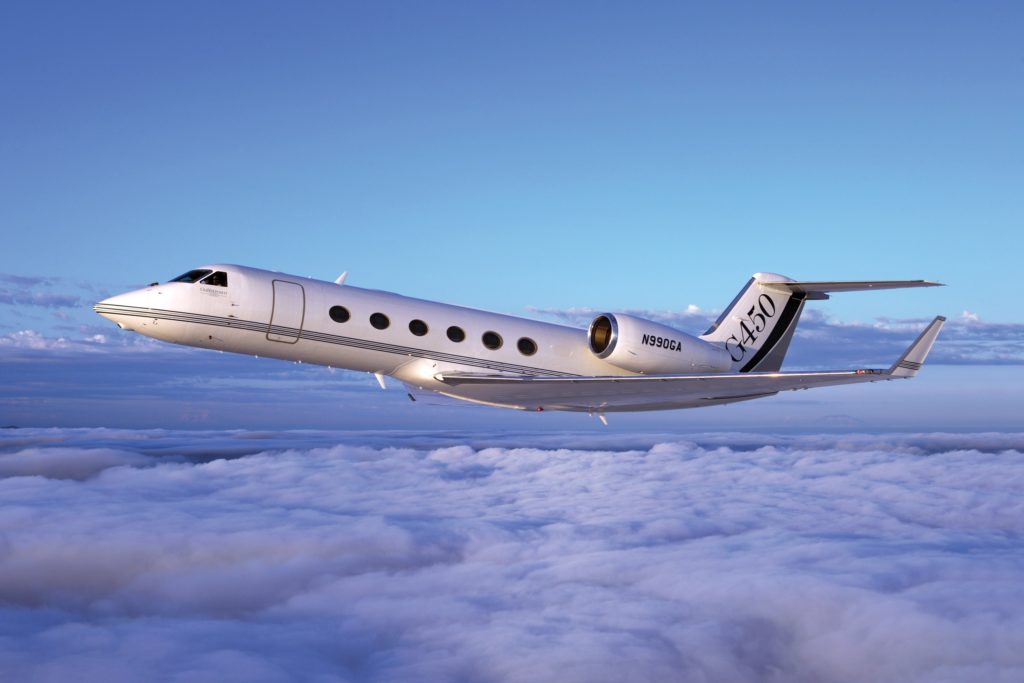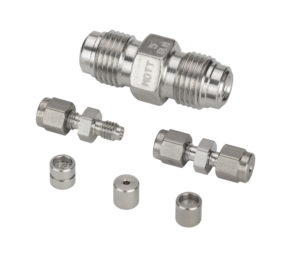Commercial Aircraft Filtration Systems
Aerospace manufacturers rely on Mott for their aircraft filtration systems, offering critical precision filtration and fluid management solutions with minimal weight and size to safeguard sensitive systems. In fact, our porous aircraft filtration systems and flow assemblies are utilized in aircraft subsystems globally. Mott’s aircraft filtration products, which can be crafted from almost any material, serve as the ultimate defense against detrimental particulates. These filtration systems ensure strict tolerances and simplify preventative maintenance.

Questions? Call 860.747.6333 Today!
Related Resources
Typical Applications:
- Fuses & Safety Armaments
- Advanced Missile Systems
- Advanced Thermal Management
Flow Restrictors
Mott works extensively with design engineers across every industry to design and produce customized fluid control devices. Our products replace the drilled orifice, capillary tubing and needle valves that wear out over time and provide inconsistent results.
3D Printed Porous Metal Products
Using advanced 3D printing techniques, we can create custom parts with features and performance never before available.
Additive Manufacturing Overview
Our additive manufacturing capabilities can provide you with the most uniform porosity and unique geometries for your application.
Mott's Role in Commercial Aircraft Systems
Mott Corporation plays an integral role in the aerospace industry, especially in the realm of commercial aircraft. Their advanced filtration and fluid management solutions are meticulously designed to offer maximum efficiency with minimal weight, ensuring the protection of vital aircraft systems. With a global presence, Mott’s products are embedded in aircraft subsystems worldwide, acting as a robust shield against harmful particulates. Crafted from a diverse range of materials, these products not only uphold stringent tolerances but also streamline the process of preventative maintenance for commercial aircraft.
FAQs: Aircraft Filtration Systems
Q: What is the primary purpose of aircraft filtration systems?
A: Aircraft filtration systems are designed to remove contaminants from various fluids and air within an aircraft, ensuring the optimal performance of engines, hydraulic systems, and cabin air quality. They play a crucial role in safeguarding sensitive aircraft components and ensuring passenger comfort.
Q: How do Mott’s aircraft filtration systems differ from traditional systems?
A: Mott’s aircraft filtration systems are renowned for their precision and efficiency, often crafted with minimal weight and size without compromising performance. Using porous filtration and flow assemblies, Mott’s products can be designed from nearly any material, making them versatile and highly effective against harmful particulates.
Q: Why is weight a significant consideration in aircraft filtration systems?
A: Weight is a critical factor in aerospace design due to its direct impact on fuel efficiency, aircraft performance, and overall operational costs. Mott’s filtration systems are designed to offer maximum filtration efficiency with the least possible weight, ensuring optimal aircraft performance.
Q: How do aircraft filtration systems contribute to passenger comfort?
A: Aircraft filtration systems play a vital role in maintaining cabin air quality by filtering out contaminants, allergens, and pathogens. This ensures a clean and healthy environment for passengers, reducing the risk of airborne diseases and enhancing overall comfort during flights.
Q: Are Mott’s aircraft filtration systems customizable for different aircraft models?
A: Yes, Mott works extensively with aerospace manufacturers to design and produce customized fluid control and filtration devices suitable for various aircraft models. Their products can replace traditional components, ensuring consistent results and extended lifespan.
Q: How do aircraft filtration systems impact maintenance schedules?
A: High-quality filtration systems, like those provided by Mott, enable tight tolerances and simplify preventative maintenance. By effectively filtering out contaminants, they reduce wear and tear on aircraft components, potentially extending maintenance intervals and ensuring the aircraft’s longevity.

